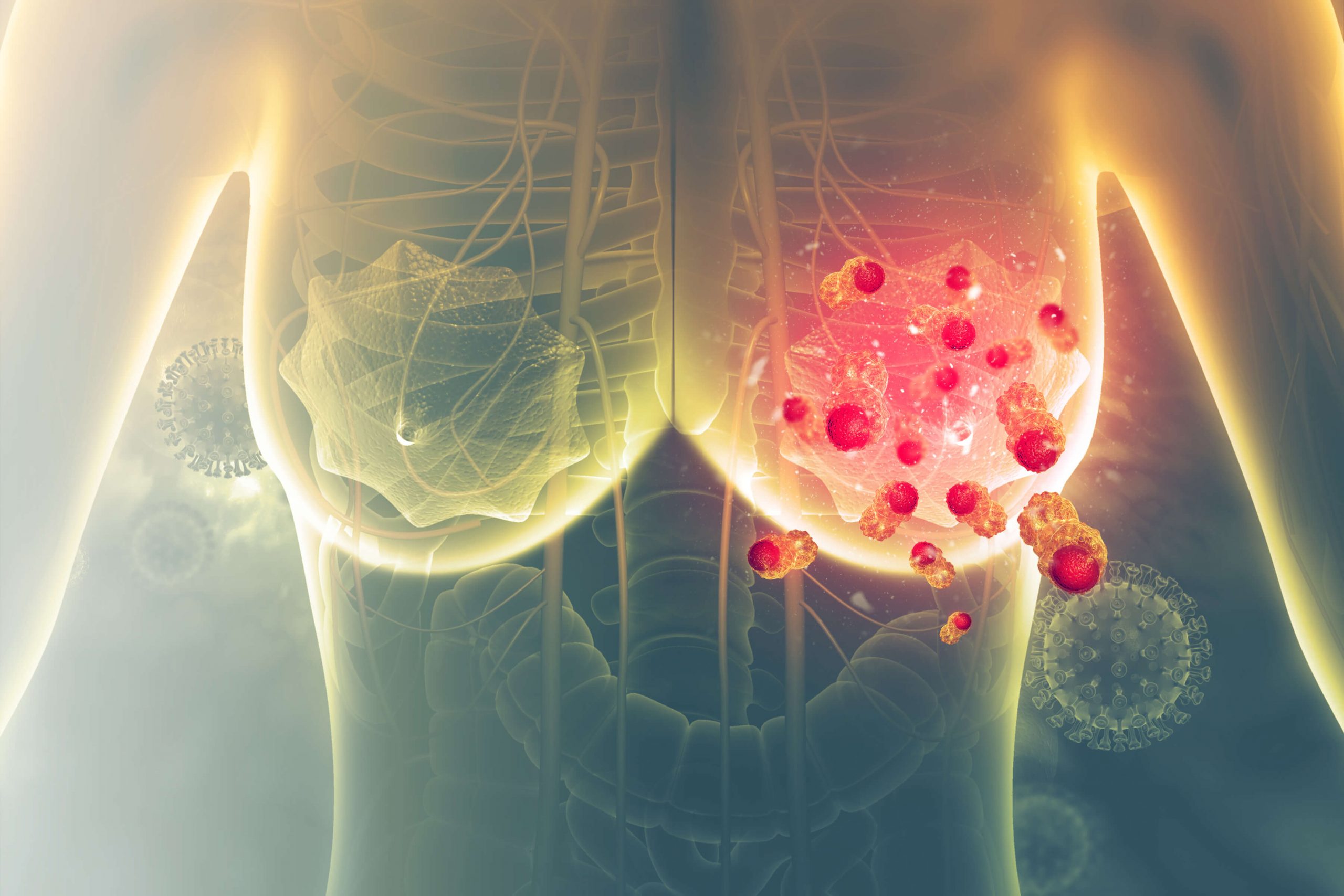Breast Health
Breastfeeding Problems: 8 Things You Need To Know

Before actually having a baby, breastfeeding may look simple. It’s natural, it’s free and it’s what the female body is meant to do, right? And then you’re handed a baby and expected to feed it and you realise that it might not be so simple after all.
The health benefits of breastfeeding for both mother and baby are well documented and understood. Even though medical professionals agree that breastfeeding is the best option for a baby, breastfeeding comes with its frustrations and obstacles for some women, especially for first babies.
Not all women find breastfeeding easy and not everyone will be able to breastfeed. That said, if you want to breastfeed your baby then it is advisable to seek help if things don’t go smoothly immediately. Remember, both mother and baby need to learn how to manage the breastfeeding process. It may be natural but it doesn’t always come naturally.
The problems faced by breastfeeding women are generally resolvable with some knowledge and support. The 8 most frequent breastfeeding problems are:
1. Inverted Nipples
Some women have one, or both, nipples inverted (i.e. they don’t protrude from the breast). This can pose a problem for breastfeeding. For first-time mums, in particular, it can be difficult for the baby to latch.
Before latching on, try shaping your breast by pulling back on the breast tissue, rolling your nipples and pinching gently on the areola. This can help the nipple protrude.
An effective breast pump can also be used to draw out your nipple immediately before breastfeeding, making latching easier for your baby. A nipple shield could help your baby latch on but should only be used with the guidance of a lactation professional as they can lead to problems if not used properly.
2. Latching
Many women will complain that breastfeeding leaves their nipples extremely sore. In the very early days this could well just be the nipples needing to acclimatise to breastfeeding but if the pain doesn’t lessen then it’s worth checking on the baby’s latch position. If the baby doesn’t take enough of the breast into its mouth it can cause pain for the mother.
The baby’s mouth should completely cover the lower part of the areola in order to form a decent and painless latch.
Remember: breastfeeding is new for the baby too and s/he may need to be shown what to do. Some babies naturally know how to feed and others take time to learn.
If repositioning doesn’t help then it is advisable to speak to a lactation consultant or paediatrician as the baby could have tongue-tie, where the tissue connecting the tongue to the base of the mouth is either too short or attaches too far forward. It can have a negative impact on breastfeeding but is easily fixed with minor surgery.
3. Clogged Ducts
If there is pain in the breasts while breastfeeding it could well be clogged (also called plugged) milk ducts caused by the breasts producing milk faster than it can be drained (by the baby drinking). It can then get backed up in the duct, causing the tissue to become swollen and press on the duct. While it may hurt to breastfeed with clogged ducts, actually this is the best way to unclog them. If one breast is clogged, offer that breast to the baby first as the baby’s suck will always be strongest when s/he is most hungry.
Between feeds, it may also be worth gently massaging the sore breast and applying a warm compress to soothe the pain.
4. Cracked Nipples
It is common to have cracked nipples whilst breastfeeding. It isn’t great but it is perfectly normal. Handily, it’s also easy and cheap to fix: apply a lanolin-based breast cream between feeding sessions, leave a little milk on the nipple once the baby has finished feeding, and wear loose cotton bras.
Do not be tempted to use soap, alcohol or regular body lotion as they won’t help. If the baby is already a little bigger and feeds are beginning to be spaced out, perhaps try feeding more regularly again, as the less hungry the baby is, the softer, and less painful, the suck.
Latest Articles
How Are Abdominal Hernias Treated?
What to Expect from Colorectal Surgery
How to Treat Breast Inflammatory Conditions
Gynaecomastia: Understanding Male Breast Cancer
5. Engorged Breasts
One common breastfeeding discomfort comes from an oversupply of milk. It can lead to breasts feeling swollen (possibly extending to under the arm), throbbing, and feeling overly full of milk. There may also be a slight fever.
An engorged breast can make latching hard for the baby and painful for the mother. Try to offer an engorged breast before the baby is screaming for food. A calm, non-starving, baby is likely to have more success latching.
While it might seem like a good idea to pump the extra milk, it is important to remember that the body will react to this perceived need and keep on producing. A little hand-expressing before every feeding session to soften the nipple and ease the latching process may, however, be beneficial without further increasing supply.
6. Mastitis
Mastitis is a bacterial infection that causes the breast (usually just one at a time) to swell and throb. It is generally caused by untreated clogged milk ducts, infection in a cracked nipple or even engorged breasts.
It tends to present with pain and flu-like symptoms and should be treated with antibiotics. Medical professionals recommend continuing breastfeeding through mastitis. Hot compresses will ease some of the pain.
7. Low Milk Supply
One of the most frequent worries of breastfeeding mothers is, “Is my baby hungry, what if I don’t have enough milk?”
It can be easy to assume milk supply is too low when it really is not. Once breastfeeding is established, the body tends to adjust to the baby’s needs so the early days of oversupply settle and the leaking nipples become a thing of the past (generally). Low milk supply should only be a concern if the baby isn’t gaining weight as expected. Another way to tell if the baby is getting enough is to count the number of wet diapers a day; usually 6 to 8 a day is a sign that the baby is drinking enough. It is important to talk to a doctor to address your concerns.
In cases of genuine low supply, more frequent breastfeeding and pumping between feeding sessions can help build up supply. It may be recommended to eat more of certain foods to increase milk supply.
8. Thrush
Thrush is a yeast infection that is transferred from your baby’s mouth to the breast. It causes itchiness, soreness and a burning sensation. It requires treatment for both the mother and baby.
It is easily treatable through the application of an antifungal medicine to the nipple and the baby’s mouth.
Conclusion
A breastfeeding mother should always feel she can speak to a lactation consultant or doctor should she have any concerns about breastfeeding. Breastfeeding can be an immensely rewarding experience for a woman when it goes well but when it doesn’t work or is painful it can be incredibly upsetting.
With support, most women can breastfeed successfully, creating a strong bond with her child whilst helping to build his/her immune system and benefiting from skin-to-skin contact.
WHO WE ARE
About SOG Health Pte. Ltd.
Established in 2011, SOG Health Pte. Ltd. (“SOG”) is a leading healthcare service provider dedicated to delivering holistic health and wellness services to the modern family.
With a long and established track record in Singapore providing Obstetrics and Gynaecology (“O&G”) services such as pre-pregnancy counselling, delivery, pregnancy and post-delivery care, the Group has since further expanded its spectrum of healthcare services to include Paediatrics, Dermatology, and Cancer-related General Surgery (Colorectal, Breast & Thyroid).
The Group’s clinics, under its four operating segments of O&G, Paediatrics, Oncology and Dermatology, are strategically located throughout Singapore to provide easy access to its patients.
- Obstetrics
- Gynaecology
- GynaeOncology
- Breast, Thyroid & General Surgery
- Colorectal, Endoscopy & General Surgery
- Dermatology
- Paediatrics
Consult With A Specialist From SOG
Visit one of our specialists today to learn more about your health!
Recommended Specialists
Book An Appointment
Fill up this form and our clinic will get back to you shortly.
For general enquiries, please click here.








